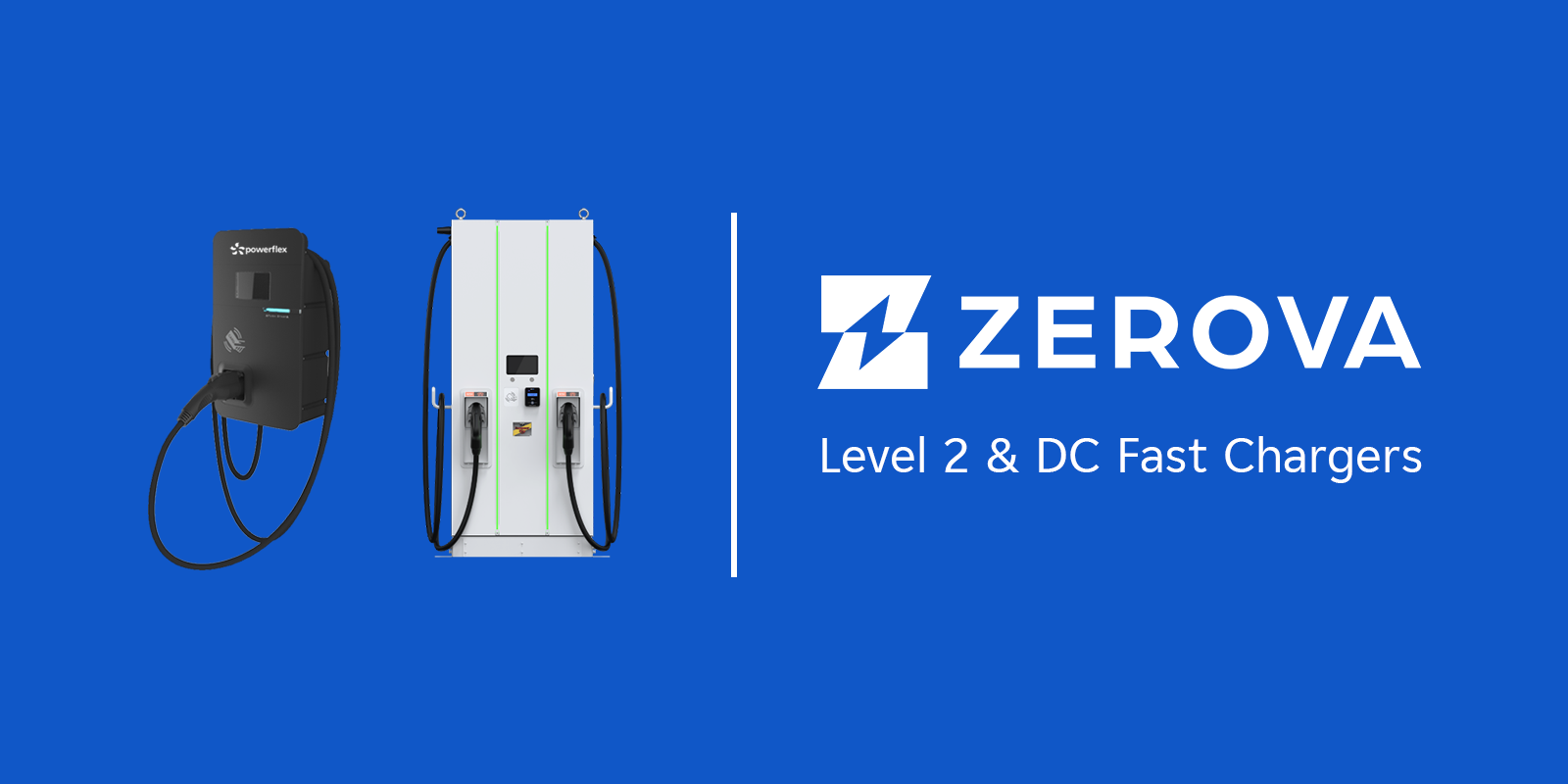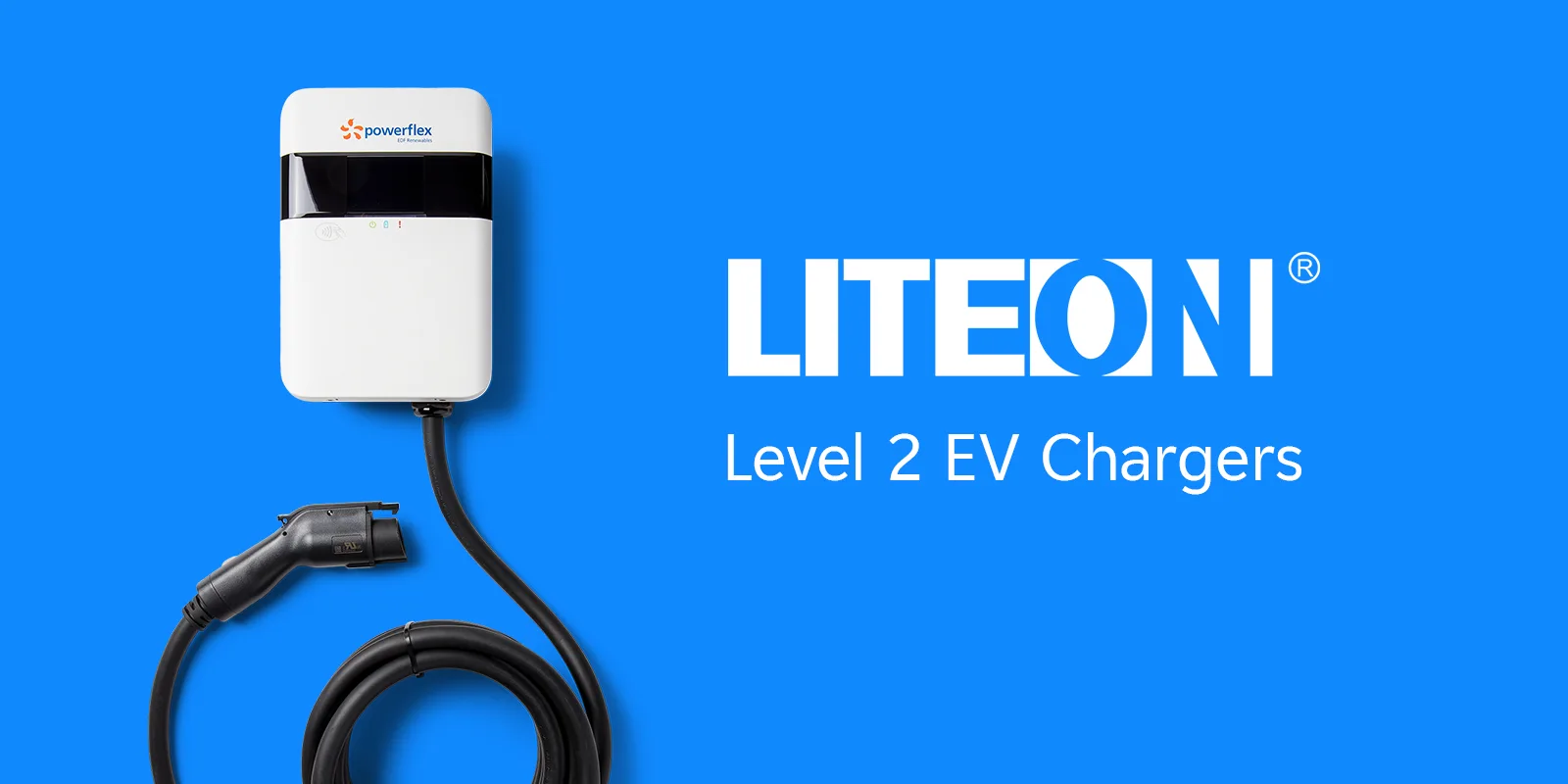Understanding EV Charger Types & Speeds

Making the switch to an electric vehicle (EV) is a smart move for many reasons. Not only do EVs offer lower fuel and maintenance costs compared to traditional gas-powered cars, but they also produce zero tailpipe emissions, helping to improve air quality and reduce your carbon footprint. As more drivers make the transition to electric, one of the most common questions is: “How do I charge my EV, and what’s the difference between all these charging options?”
With so many new terms and technologies, it’s easy to feel overwhelmed. Whether you’re charging at home or on the go, understanding the basics of EV charger types and speeds will help you get the most out of your electric driving experience. This blog will break down the essentials so you can charge with confidence wherever the road takes you.
What Are the Main Parts of an EV Charger?
Before diving into charging speeds, let’s get familiar with the main components of an EV charger. Most chargers you’ll encounter while out and about share a similar structure.
- Charging Pedestal or Wall Mount: This is the physical structure that supports the charger. Chargers can either stand on their own attached to a pedestal (commonly seen in outdoor parking lots) or be mounted to a wall (typically inside a parking structure).
- Charger Body: This is the main unit that houses the electronics that deliver energy to your vehicle. They come in different shapes and sizes, depending on the manufacturer.
- Display Screen: Many chargers have a screen that shows instructions, charging status, the amount of energy that’s been delivered, or pricing and payment information.

- Charging Cable: The heavy-duty cable that connects your EV to the charger.
- Cable Management System: Chargers are often fitted with hardware like retractable reels or hooks that keep the charging cable organized and off the ground.
- Connector: Lastly, this is the plug at the end of the cable that fits into your EV’s charging port. Connectors can vary by charger type and speed.
Alternating Current vs. Direct Current EV Charging
Now let’s get into some of the differences between EV charger types and the speeds they deliver. At the broadest level, chargers can be divided into alternating current (AC) and direct current (DC) chargers.
Most electricity supplied to homes and businesses is in the form of AC power. When you use an AC charger the electricity flows from the grid into your vehicle, but before it can be stored in the battery it must be converted from AC to DC. This conversion happens inside your car, using a component called the onboard charger. The speed at which your vehicle can charge with AC power is limited by the capacity of this onboard charger.
In contrast, DC charging delivers direct power straight to your vehicle’s battery, bypassing the onboard charger entirely. The conversion from AC to DC happens within the charging station itself, which is equipped with more powerful electronics than what can be installed in a car. This allows for much higher power levels, resulting in significantly faster charging.
EV Charging Levels
EV chargers are further categorized into three levels, each with different speeds, connectors, and use cases. The right level for you depends on your daily driving habits, where you park, and how quickly you need to recharge.
Level 1 Charging
Level 1 charging is the most basic and widely accessible form of EV charging, using a 120-volt household outlet. Most electric vehicles come with a Level 1 charging cable that plugs directly into these outlets, making it easy to charge in the garage, on the side of the house, or anywhere else there’s a standard plug. The connector used for Level 1 charging in North America is the J1772 connector (commonly called a “J plug”). It’s compatible with nearly all modern EVs except for Tesla vehicles, which require an adapter.

Level 1 charging typically adds about 5 miles of range per hour, which is sufficient for drivers with short daily commutes or those who can leave their car plugged in overnight. While Level 1 charging is the slowest, it requires no special equipment or installation, making it the simplest option for drivers who don’t anticipate needing to charge again until they get home.
Level 2 Charging
Level 2 charging uses a 240-volt outlet, like what’s used for large appliances like clothes dryers, and requires a dedicated charging unit. This type of charging is much faster than Level 1, adding up to around 40 miles of range per hour depending on the charger’s power output and the vehicle’s onboard charging capabilities.
Level 2 chargers are commonly found in public or commercial spaces such as workplaces, shopping centers, parking garages, and apartment complexes. They’re ideal for people who drive longer distances day to day and can spend at least a few hours charging while parked at work or out running errands. They can also be installed at private homes if the residential electrical service is upgraded to support the higher voltage needs.
As with Level 1 chargers, the most common connector for Level 2 in North America is also the J1772 connector, which is standard for all non-Tesla EVs. (Tesla vehicles use their own connector but can use J1772 stations with an adapter.)
DC Fast Charging
DC Fast Charging (DCFC), also known as Level 3 charging, delivers high-voltage direct current power directly to your vehicle’s battery, bypassing the onboard charger and enabling much faster charging speeds. Depending on the charger’s power output and your vehicle’s capabilities, DC Fast Charging can add 125 miles or more in just 30 minutes, making it the best option for long trips or when you need to get back on the road quickly. For this reason, DCFC stations are commonly found along highways and rest stops where quick charging is essential.
The Combined Charging System (CCS1) is the most common Level 3 charger for new EVs in North America, but CHAdeMO connectors are also used. Teslas use the North American Charging Standard (NACS) connector for Supercharger stations and can also access CCS-type chargers with an adapter.


Charging With PowerFlex
EV charging technology is always changing, and things can sometimes get a little confusing. But you can rest assured there’s a PowerFlex charging solution for just about every type of driver and lifestyle.
With more than 40,000 EV charging stations across the United States, you’re never too far from a PowerFlex Level 2 or DC Fast Charger. Our top-rated mobile app makes the charging experience simple and convenient, allowing you to start or end a charge session, monitor your charging progress, and pay — all from your phone. And if you ever run into an issue, our customer support team is standing by to help.
To learn more about charging with PowerFlex and to download the app, check out our driver FAQ page.



